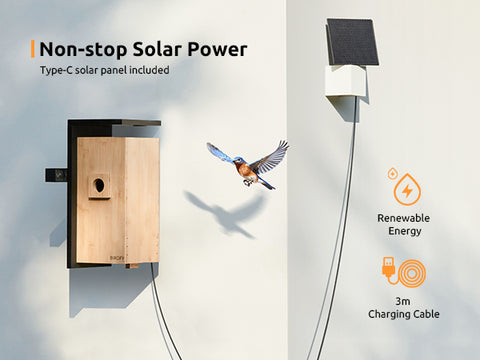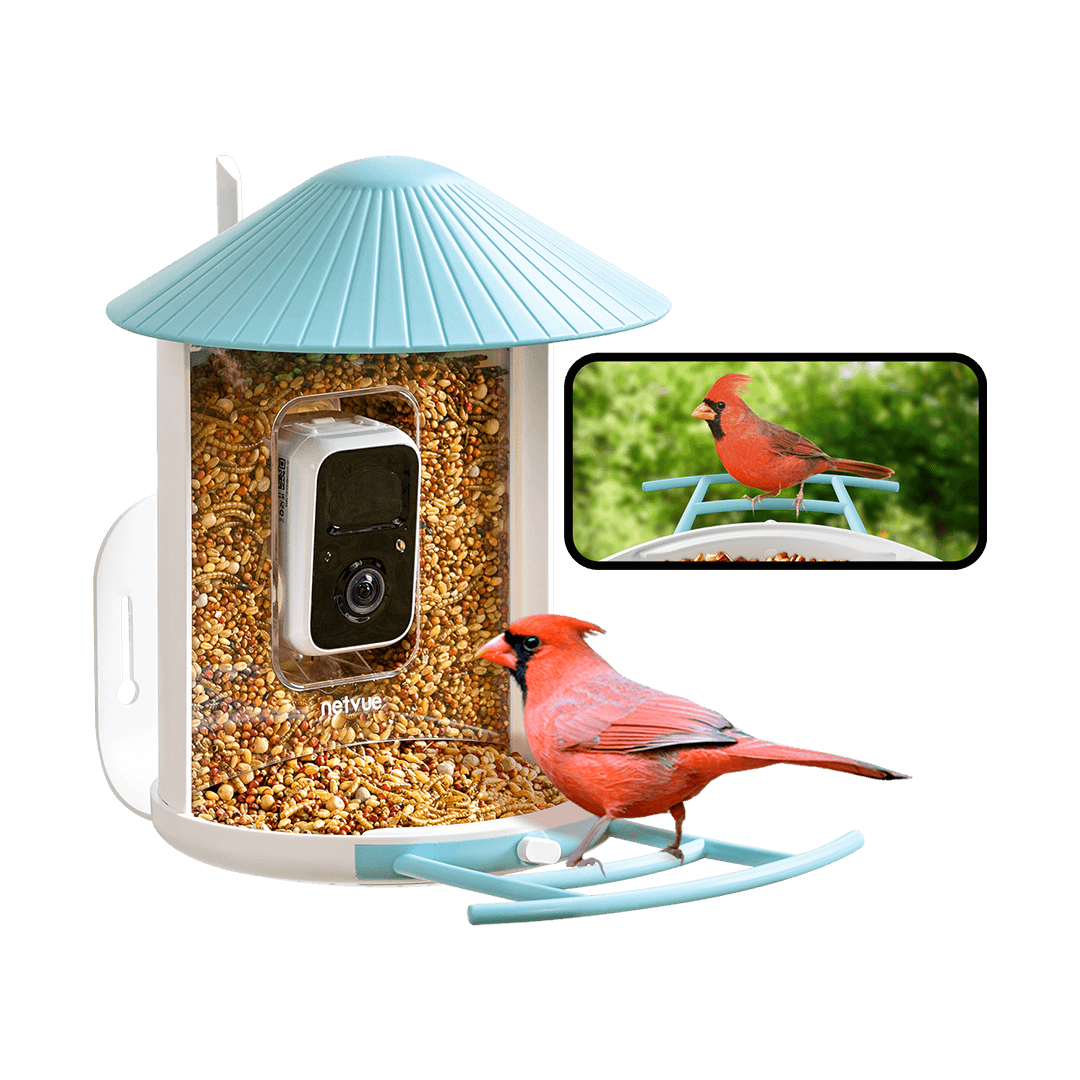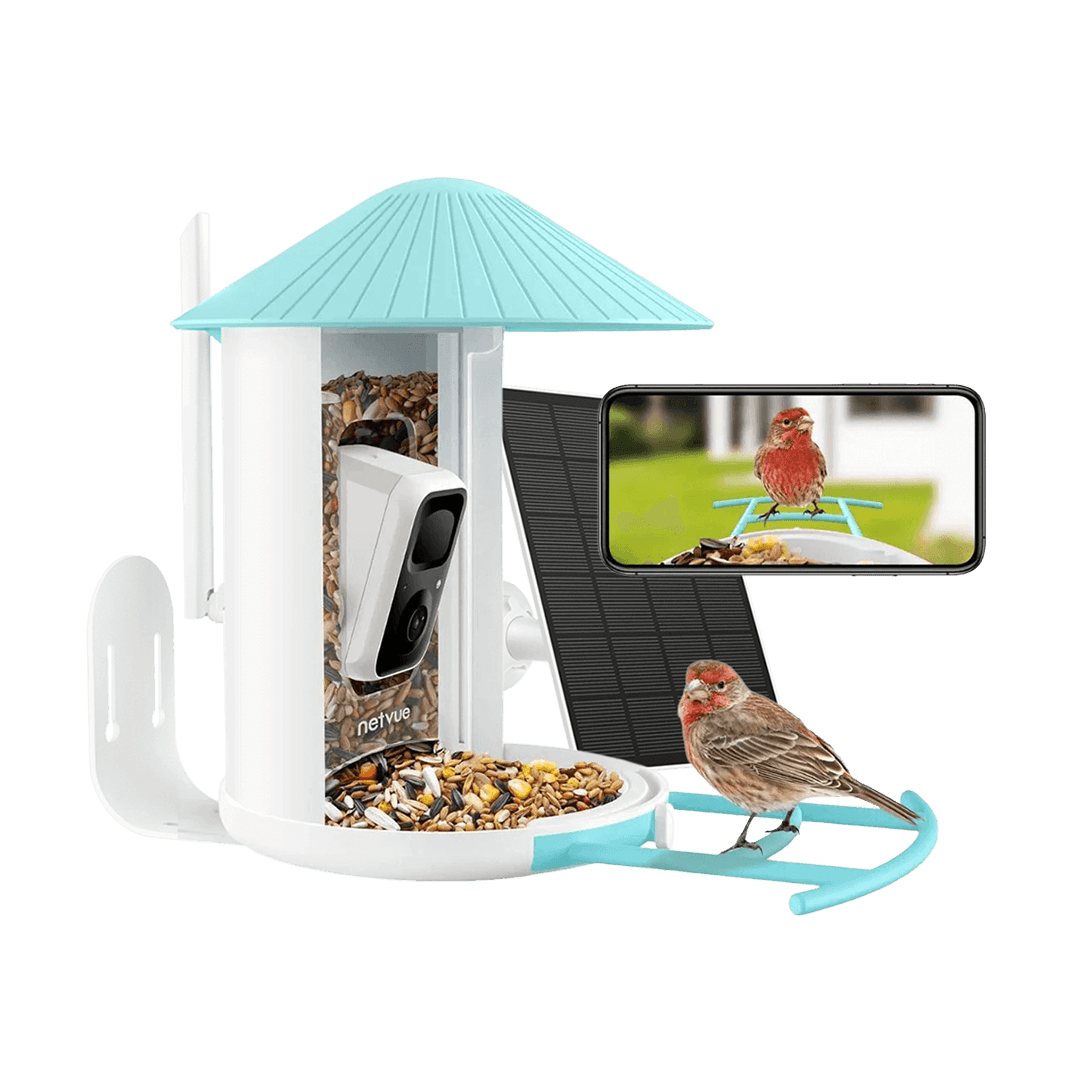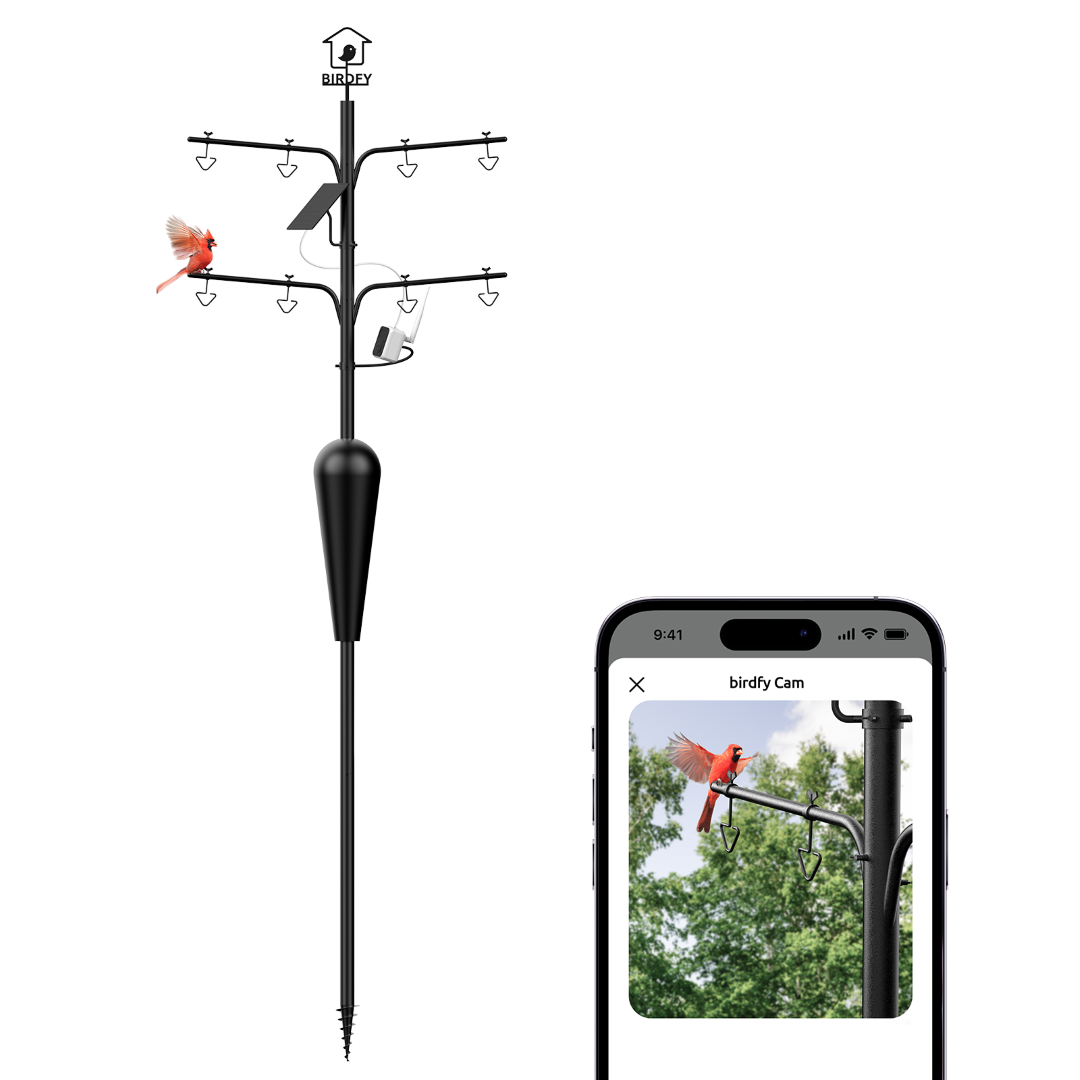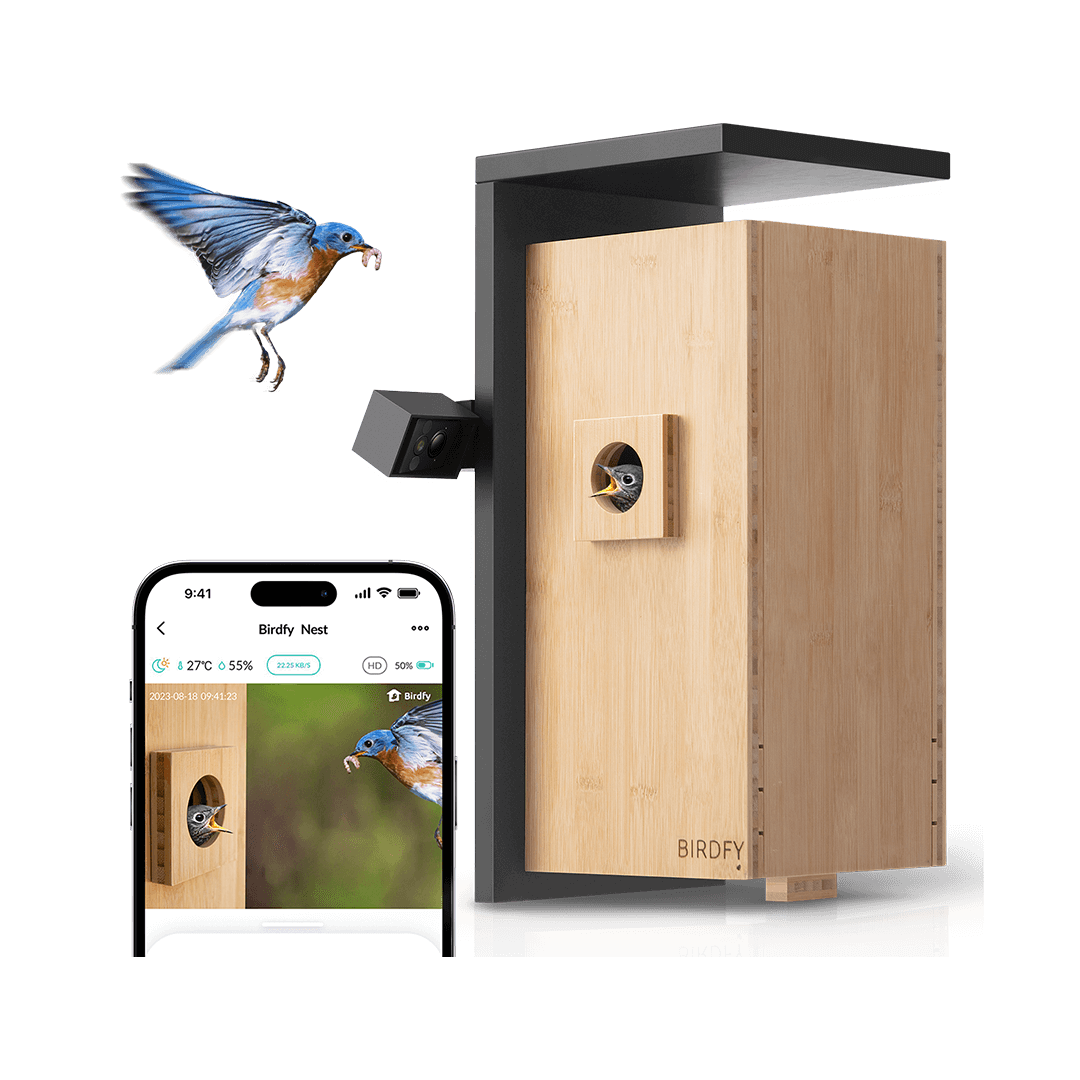Feeding Birds in Winter
Navigation Bar
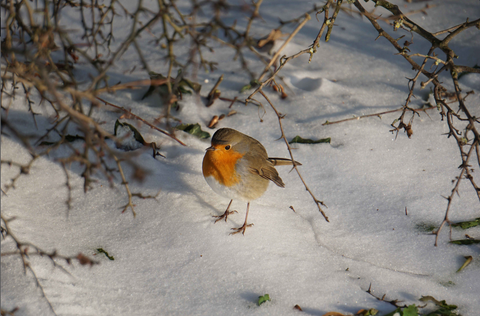

So what can you do to help them spend winter?
Provide Food, Such As...
1. Water
While food is critical to the survival of birds during the winter months, water is even more important. In winter months it can be difficult for birds to find clean, non-frozen water to stay hydrated and healthy. This could lead to illness and even death. By installing a heater in your existing bird bath or purchasing a heated one, you can provide your birds with a safe and reliable source of water. Bird baths are not only a practical addition to your backyard, but also a great way to attract and enjoy beautiful birds year-round! Please do not salt the water to prevent it from freezing in cold temperatures, as this can hurt the birds. Additionally, the cleanliness of the water is vital to their health, so you should change the water regularly.2. Food rich in fat
Birds have a hard time finding foods with lots of fat and protein in winter, so it is a good choice to provide these types of food at your feeder. For example, suet contains a lot of fat and is very nutritious. You can make homemade slabs of suet balls by mixing them with other foods that provide protein and carbohydrates, such as peanuts, sunflower seeds, nuts, dried fruits, oatmeal, and cheese.
3. Mixed seeds
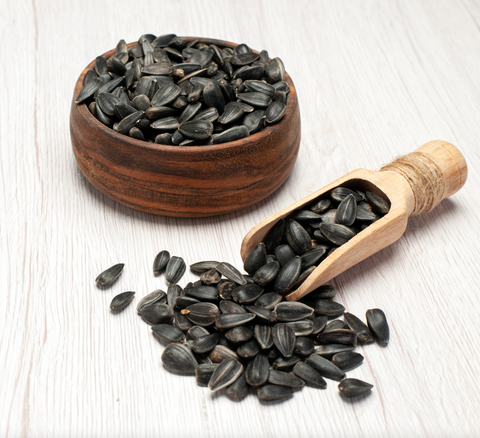
-
Black oil sunflower seeds attract the largest number of species. They have a high flesh-to-shell ratio, are nutritious, and are high in fat. Their small size and thin shells make it easy for small birds to handle and break up.
-
Peanuts are rich in protein and fiber. They also contain a lot of "good fats" that make them very attractive to birds like Blue Jays.
- Nyjer seeds are clean, garden-safe, and a favorite of small birds. Containing over 35% of fat and 20% of protein, they can appeal to even the pickiest finches!
4. Low-salt food
When consumed in large quantities, salt can be toxic to birds and damage their nervous systems. Therefore, it is important to avoid feeding birds high-salt foods such as meat or salt nuts. But you should never add salt to a bird bath to prevent freezing; placing ping pong balls on top of the water is a safer and more effective option.
5. Nutritional food (like eggshells)
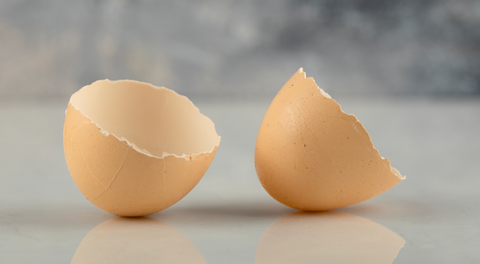
For birds that don't like seeds or fat, eggshells can be a good source of calcium. Calcium is another essential mineral for birds and plays a vital role in the formation of eggshells and strong bones. Parent birds usually feed their newborns calcium-rich foods to ensure their growth and development. Save some eggshells from your daily egg consumption, clean the shells in the sink, and dry them in the oven for a short period at a high temperature. Then, you can have them grounded to mix in birdseed or scatter them directly on the ground. This not only provides the birds with essential calcium but also suppresses the slug population. Just remember to wash your hands after handling raw eggs.
6. Fruits
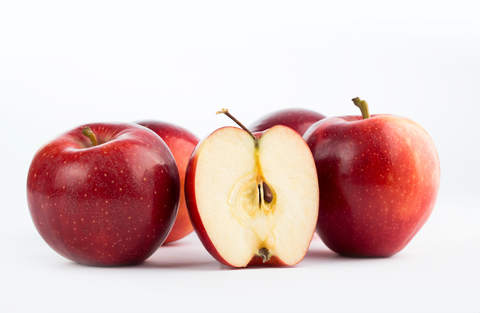
Fruits like apples, pears, and plums are great for birds because they are high in water content, energy-rich, and contain simple sugars. They can be cut in half and placed on a bird table or the floor for robins, black orioles, paintbrushes, and waxwings. Fruit halves allow birds to eat them easily and the high water content allows them to stay hydrated. They offer much-needed vitamins and minerals, and the simple sugars are easy for birds to digest and provide them with a quick burst of energy.
7. Food to avoid
While it may be tempting to feed breadcrumbs, bread has no nutritional value for birds and will only fill their stomachs, preventing them from eating enough seeds and grains, which are more nutritional. They might attract unwanted visitors such as rodents or foxes to the feeder.
-
Any food cooked in oil or garlic.
-
Milk - it can upset a bird's stomach and lead to illness, diarrhea, and dehydration, especially in the winter when birds need more water.
-
Meat - it should never be added to feeders as it spoils quickly and attracts other wild animals.
-
Expired or spoiled bird food.
Keep Your Feeder...
1. Hygienic
It is essential to keep the bird feeder clean. As birds and other animals keep coming to the feeder, it'll get dirty over time. Seeds get contaminated and become a source of disease. Clean the feeder at least once a week, with a weak alkaline cleaner and a brush. Carefully brush every nook and cranny. If you notice mold forming in your bird feeder, it is best to give it a thorough cleaning and check for mold recurrence at intervals before replacing it.
2. Filled
If you can, make sure you fill your backyard bird feeders every day (preferably in the late afternoon) to give the birds a little boost before they roost. A few days of empty feeders and the birds will soon disappear in search of a better foraging area. Consistency is key when it comes to feeding birds. Birds are creatures of habit, and if they know a food source is available, they will return to it again and again. By keeping your feeders consistently filled with food, you can provide your birds with a reliable and safe food source, which is especially important during periods of extreme cold or snowy weather when food sources may be scarce.
3. At the right place
You Could Also...
1. Set up a shelter for them
In addition to food and water, you can also set up birdhouses to provide shelter for birds in non-breeding seasons. Netvue has just launched the Birdfy Nest - Smart Bird House with Dual Cameras. The sturdy bamboo birdhouse provides your feathered friends with a comfortable home, while the dual cameras allow you to watch and enjoy all their activities!-
Birdfy Nest
